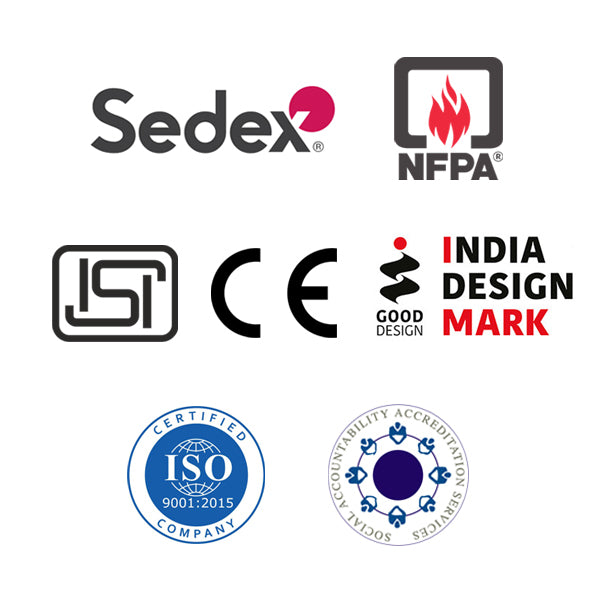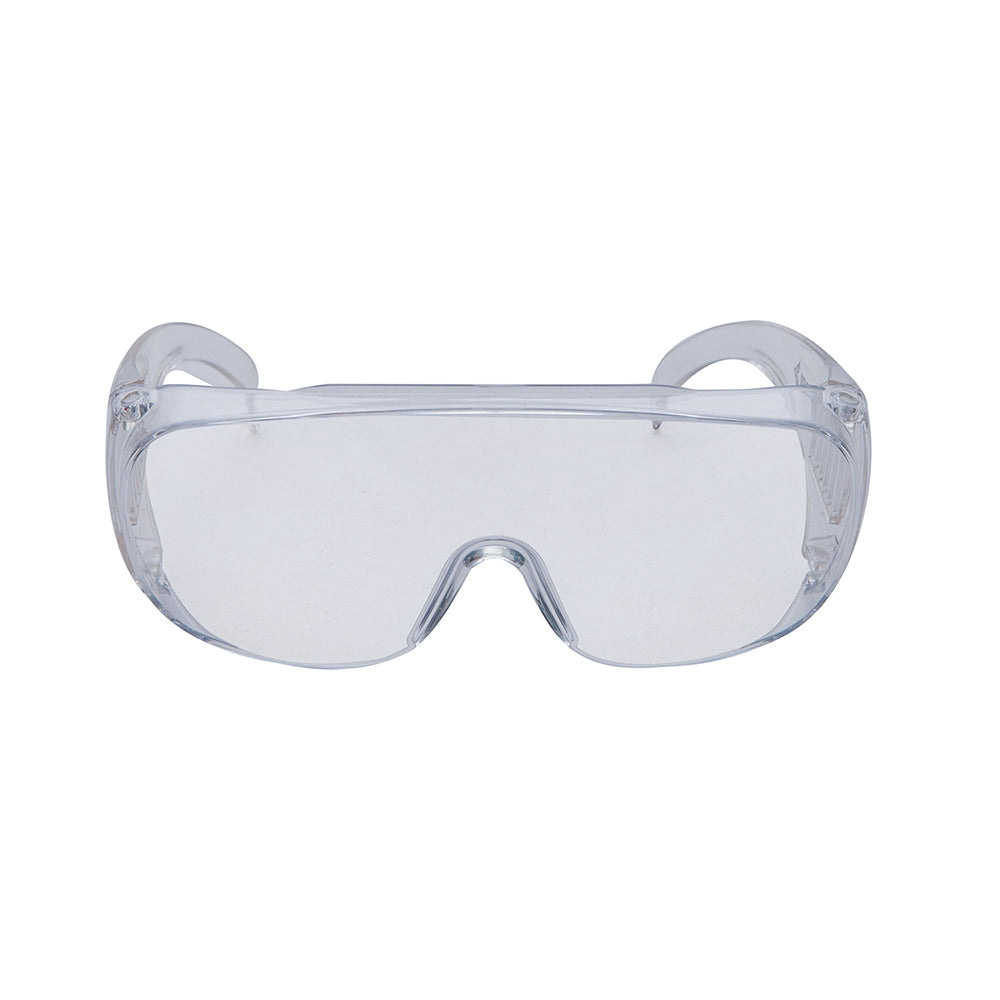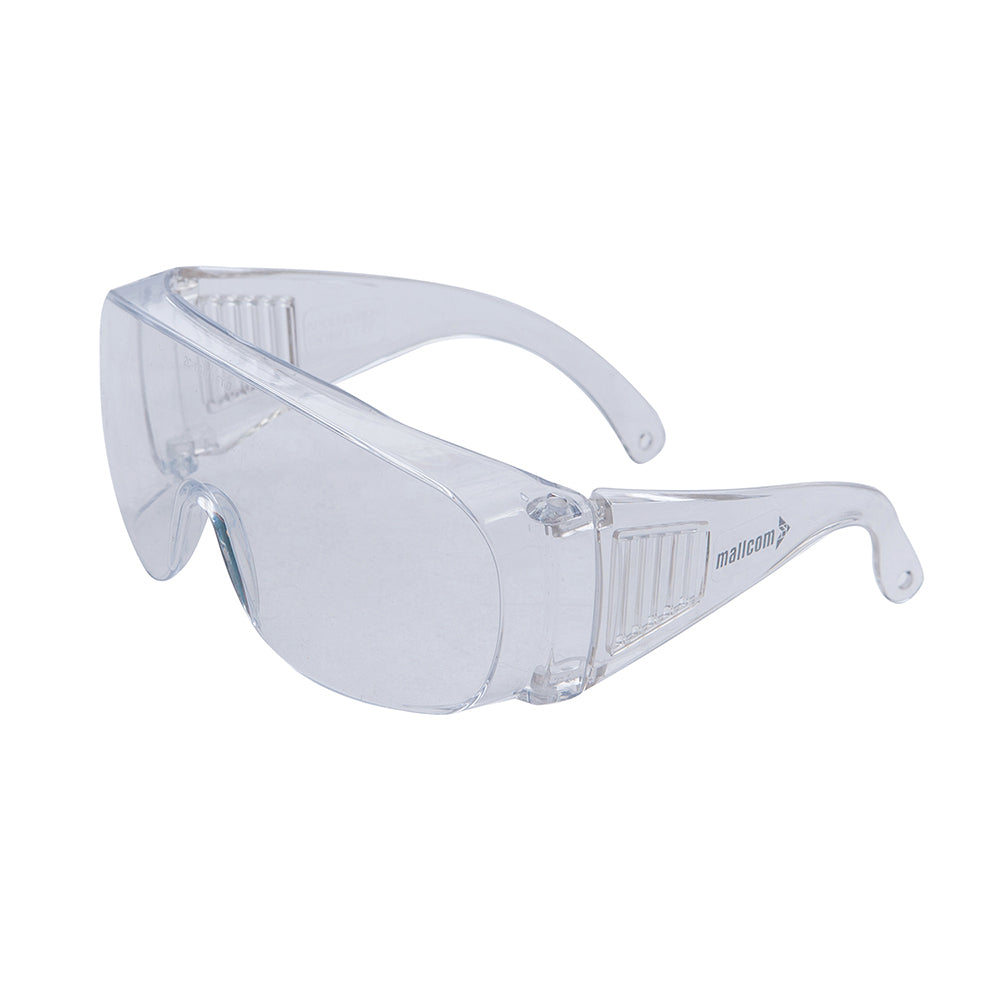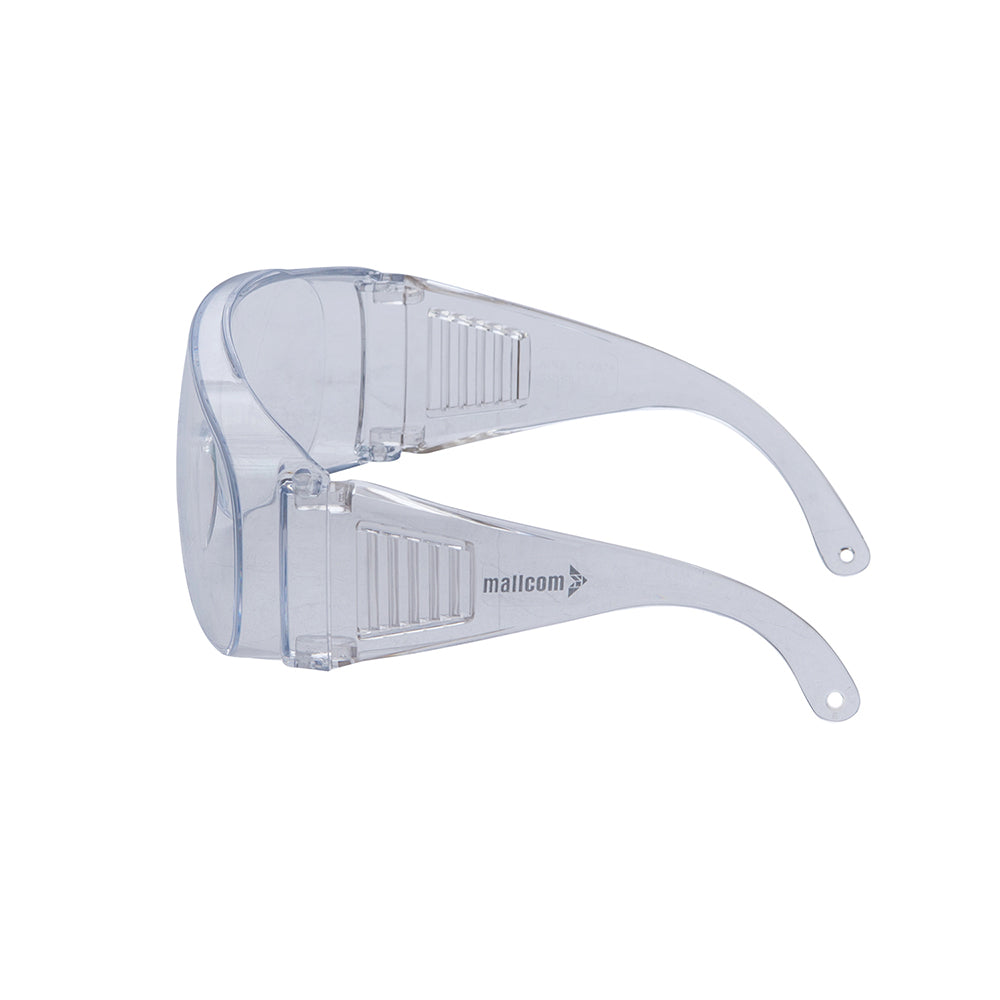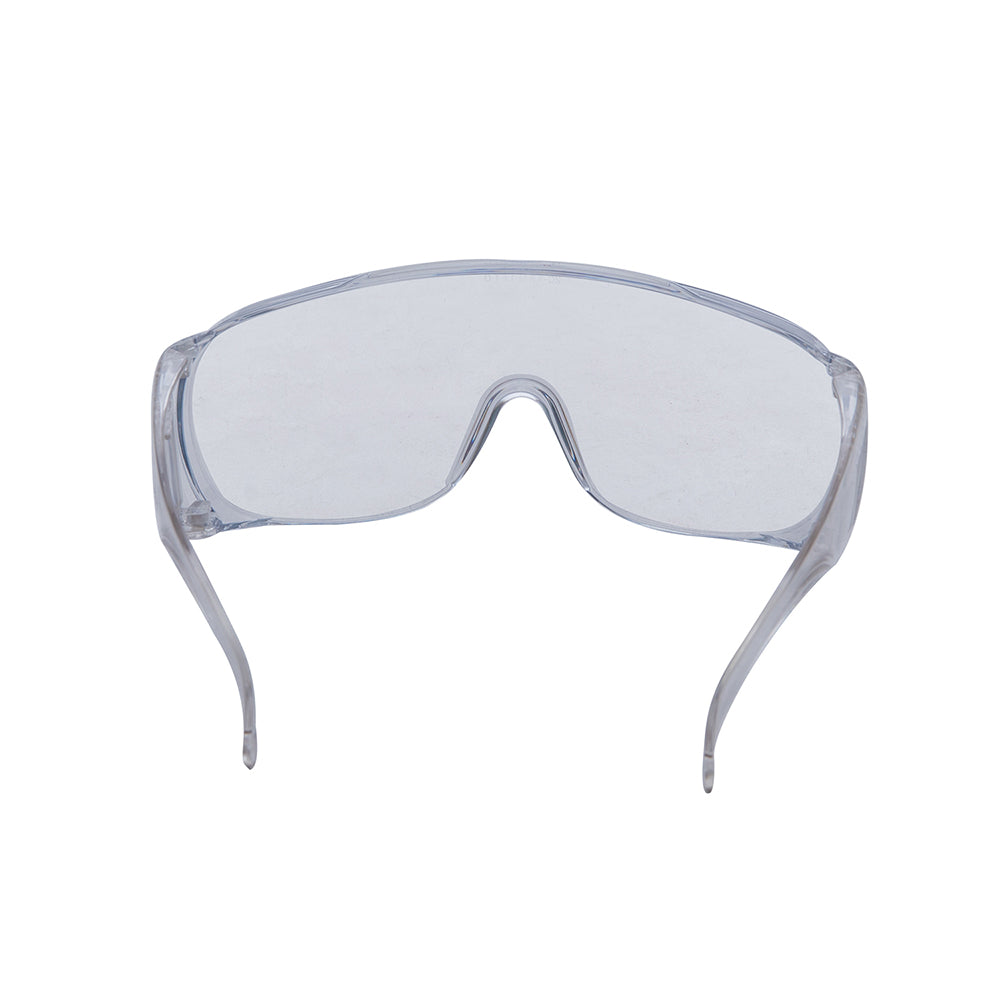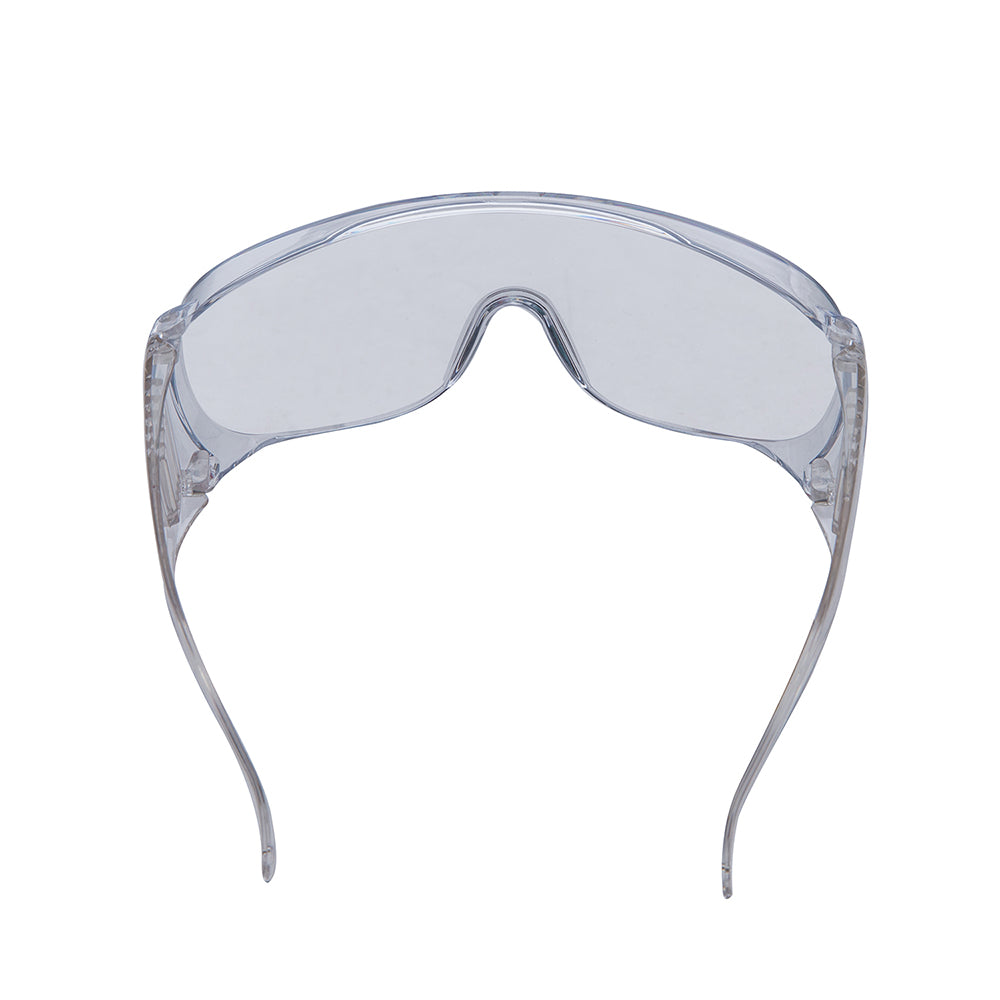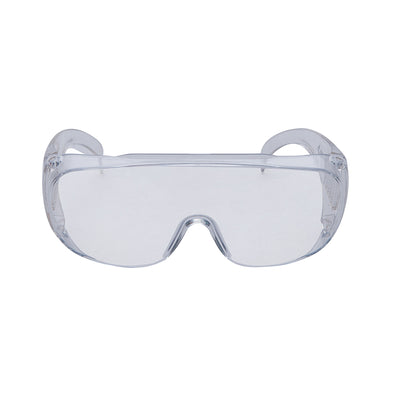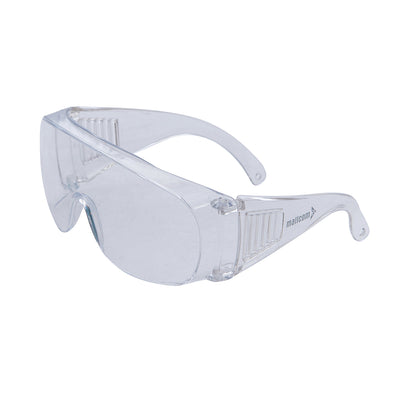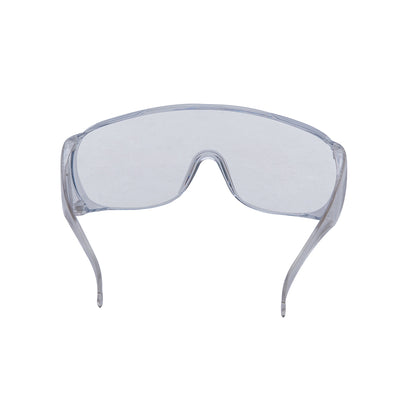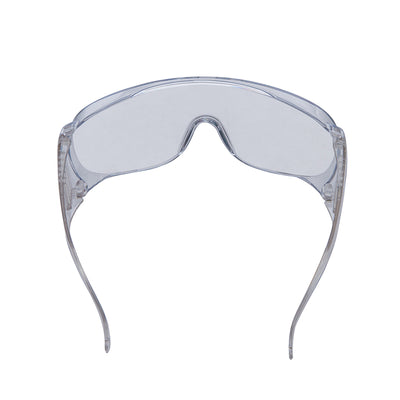APOLLO
Share
Safety Goggles
- Spectacles having clear Polycarbonate single lens glasses with direct side ventilation
- Clear polycarbonate single lens glasses
- Direct side ventilation with direct side ventilation.
- Arms with hole for neck cord
Chemical Splash
Dirt
Dust
CE
EN 166
Delivery & Services

Easy Return
with our 15 days return poicy
Regular price
Rs. 0
Sale price
Rs. 0
Regular price
Tax included.
Shipping calculated at checkout.
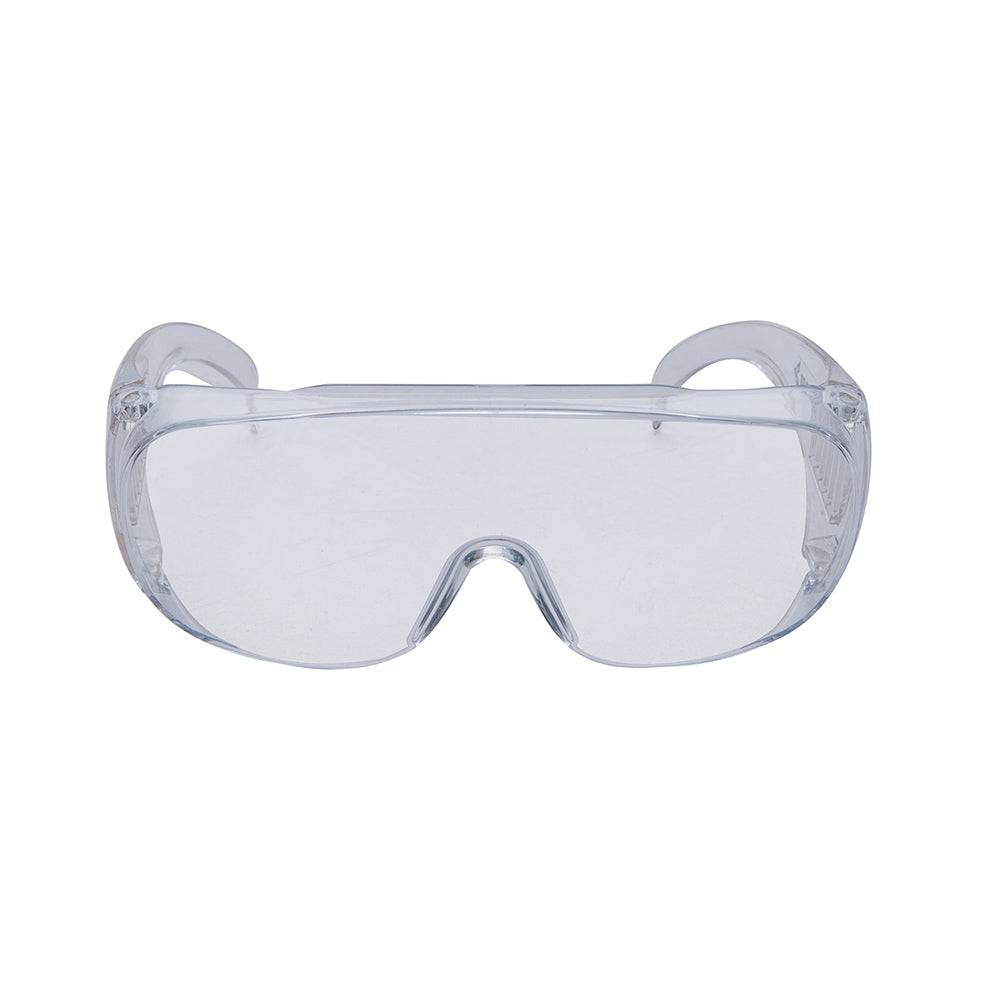
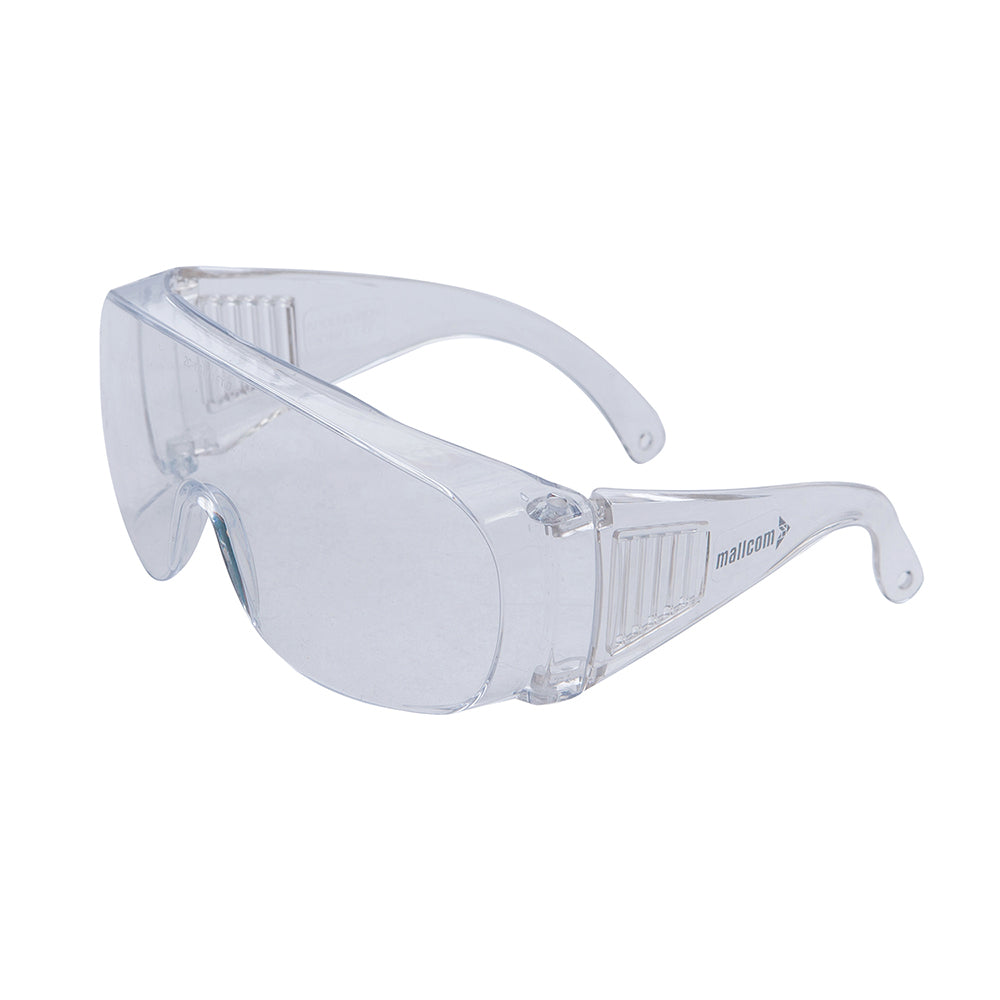
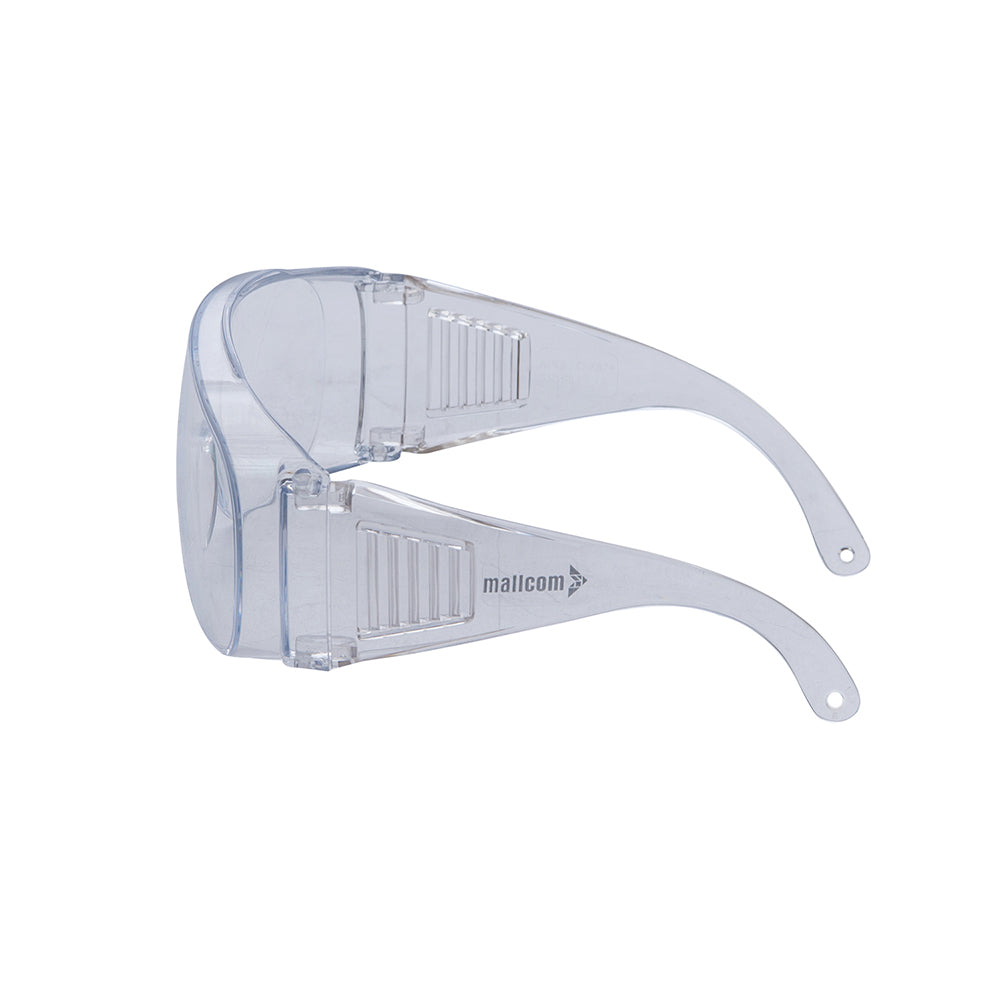

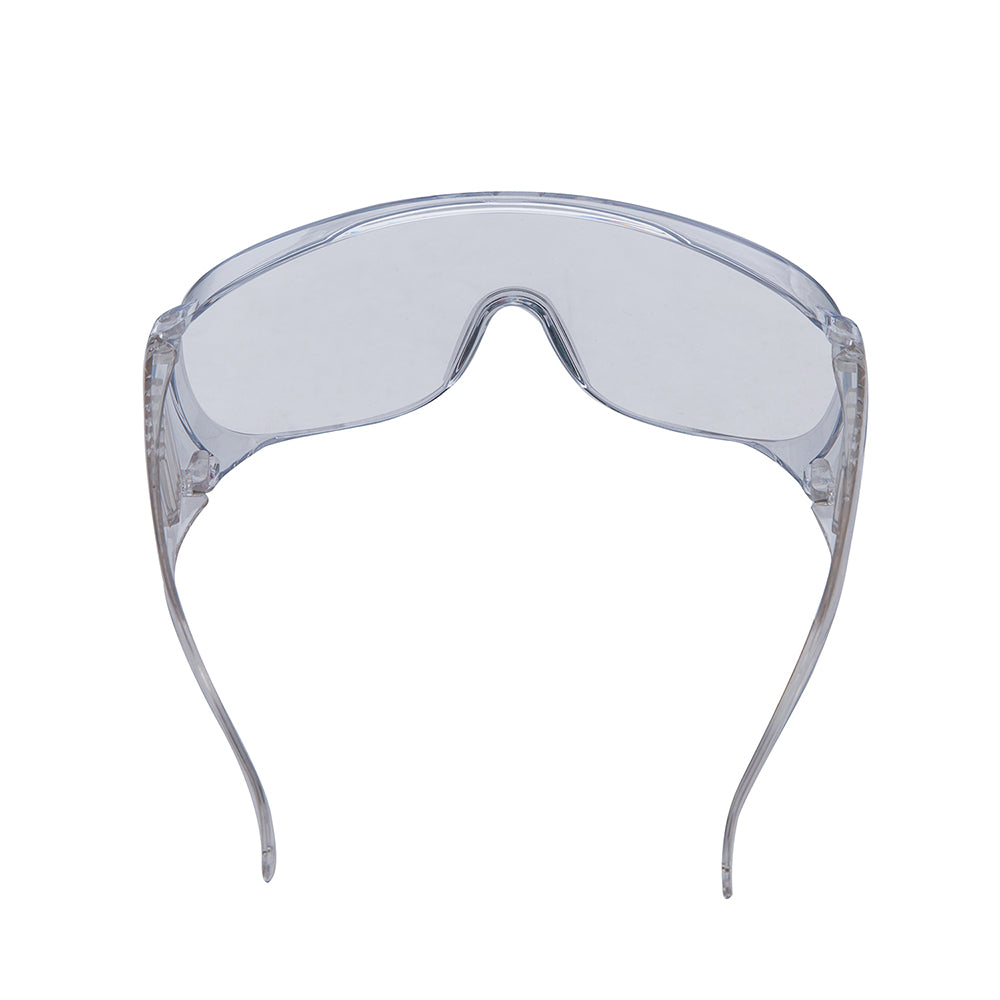
ABOUT THE DESIGN
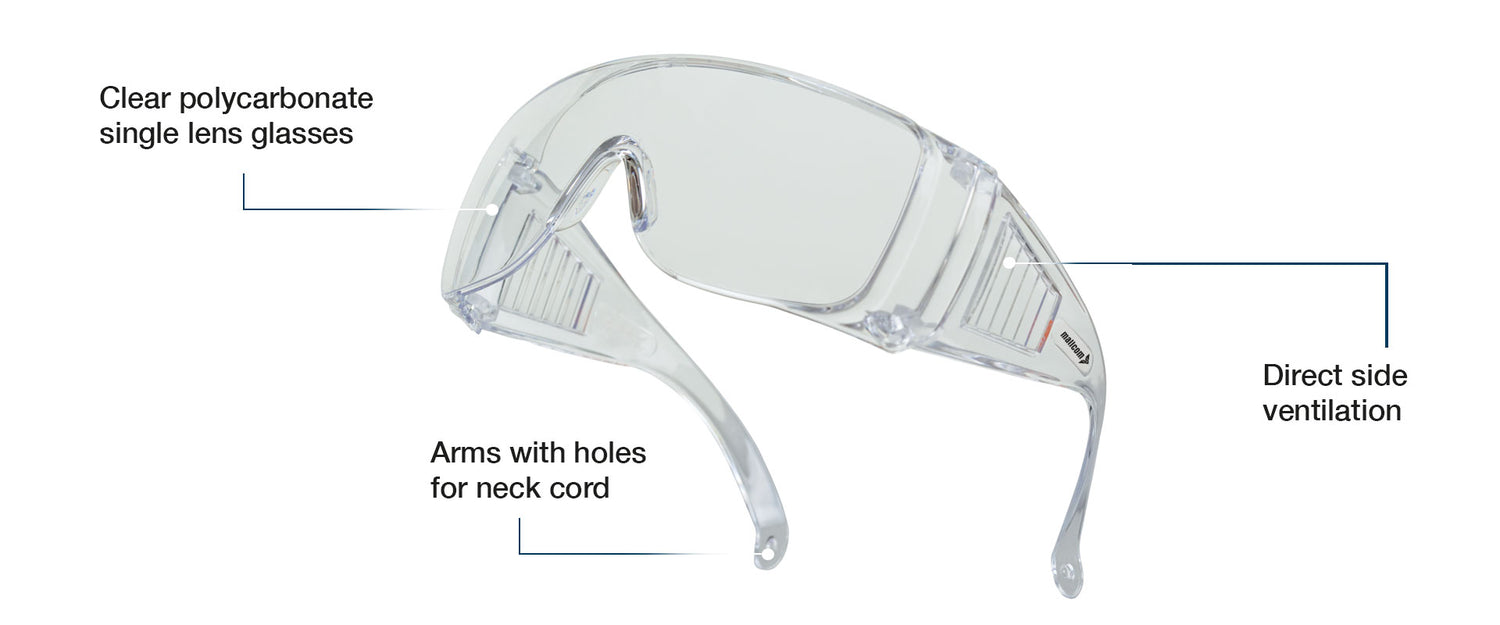
USEFUL IN THESE INDUSTRIES
MANUFACTURING
CHEMICAL & PAINT
REPAIR & MAINTENANCE
CONSTRUCTION

Product Features
ABOUT THE DESIGN
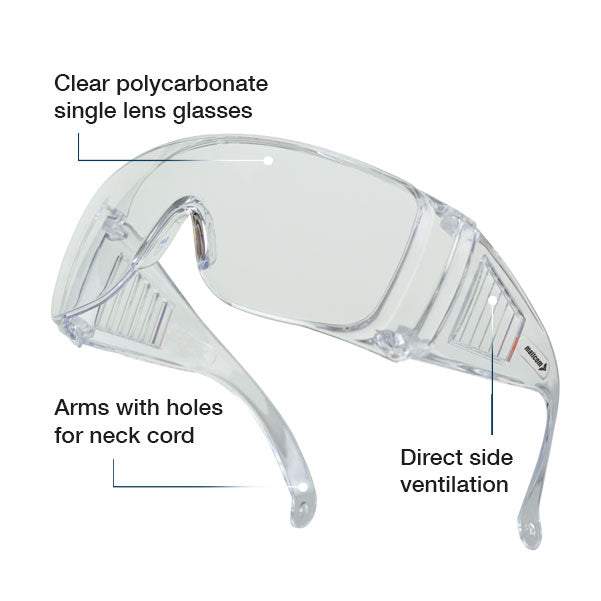
USEFUL IN THESE INDUSTRIES
MANUFACTURING
CHEMICAL & PAINT
REPAIR & MAINTENANCE
CONSTRUCTION
Product Details
